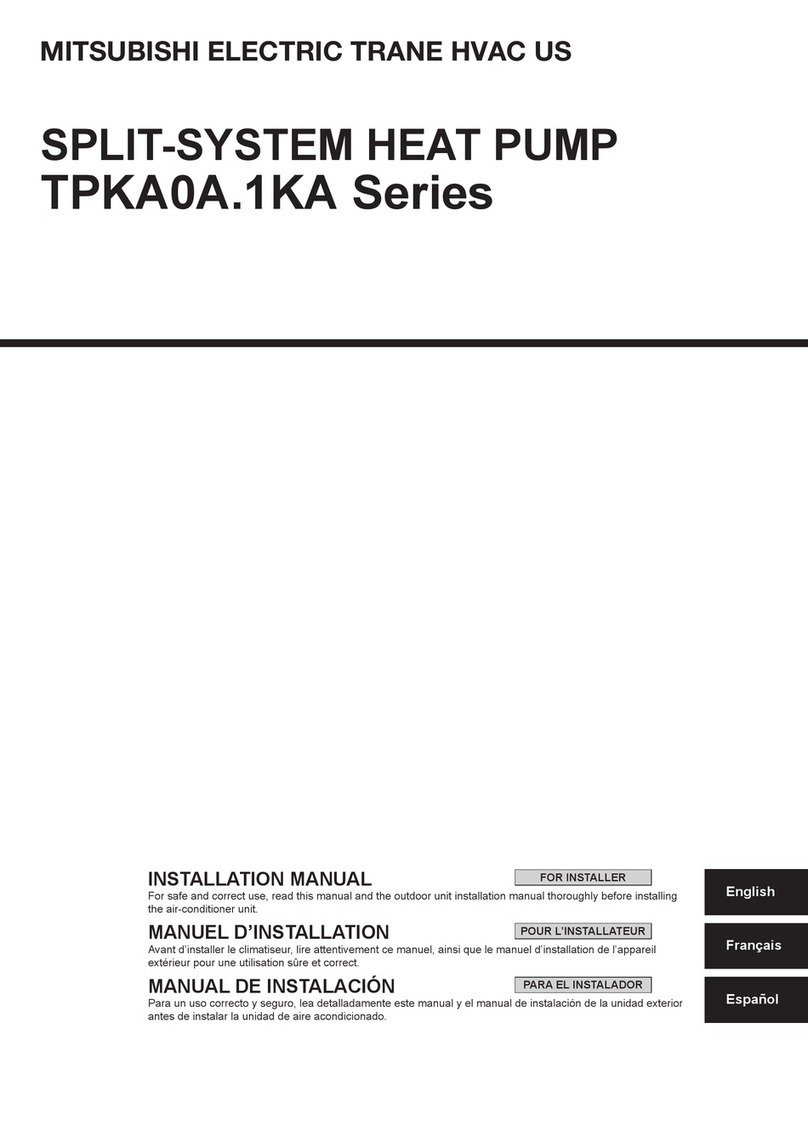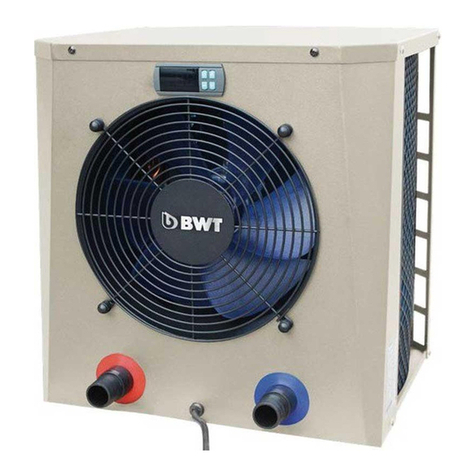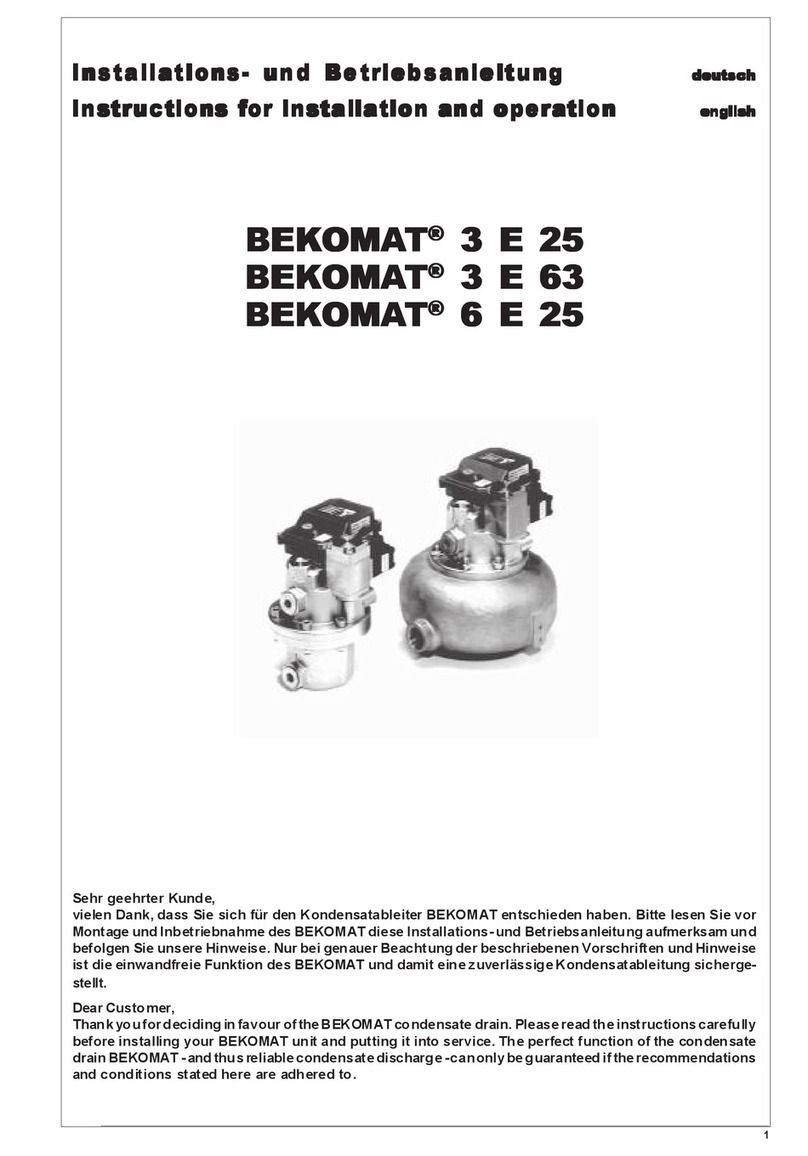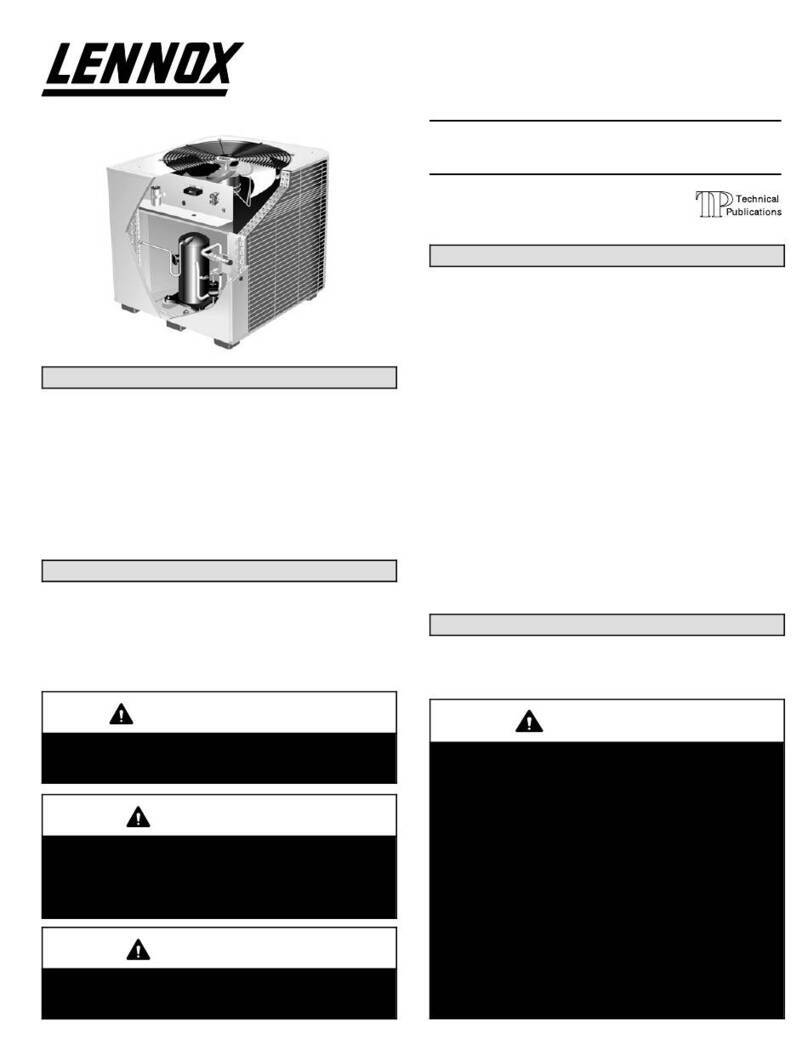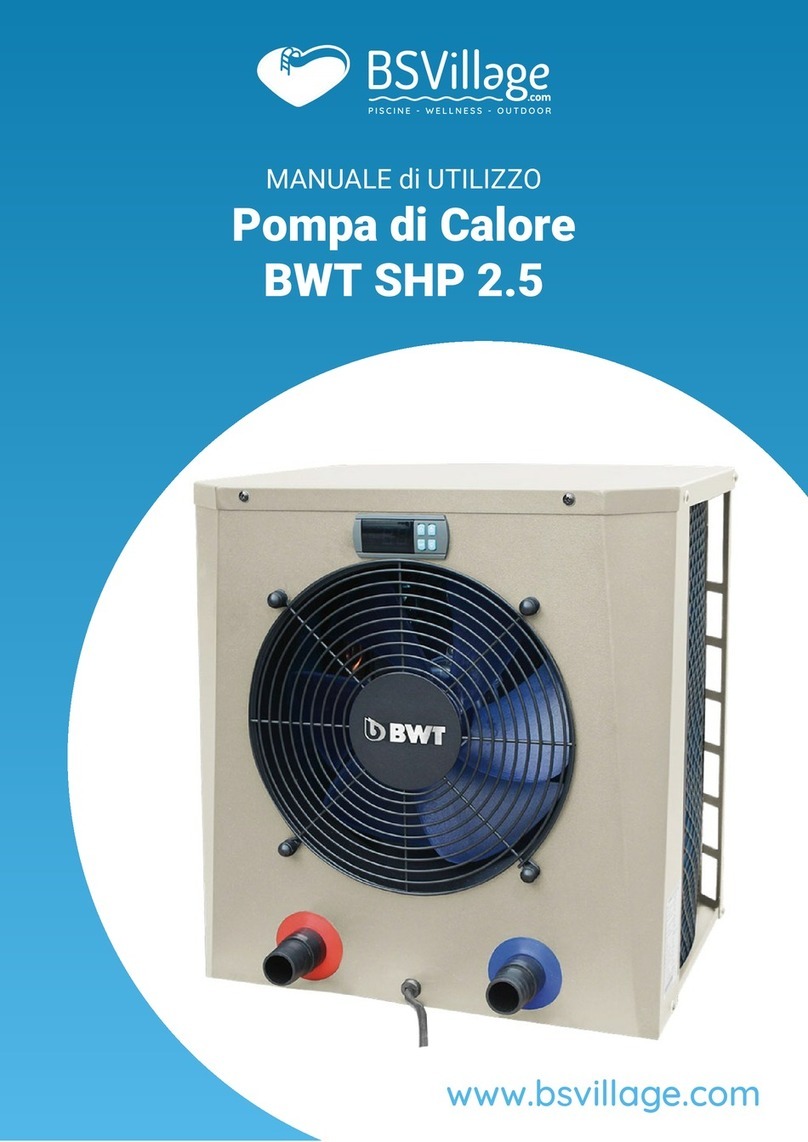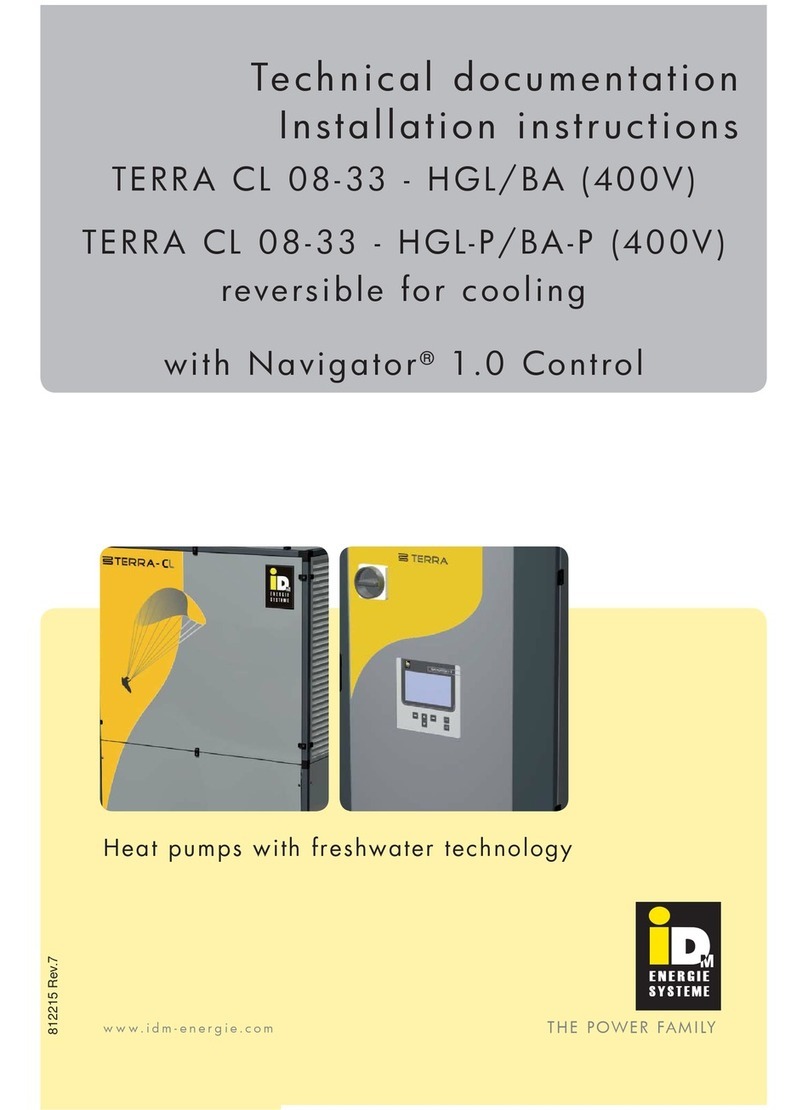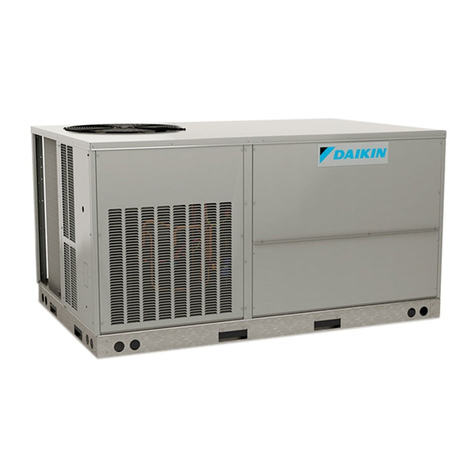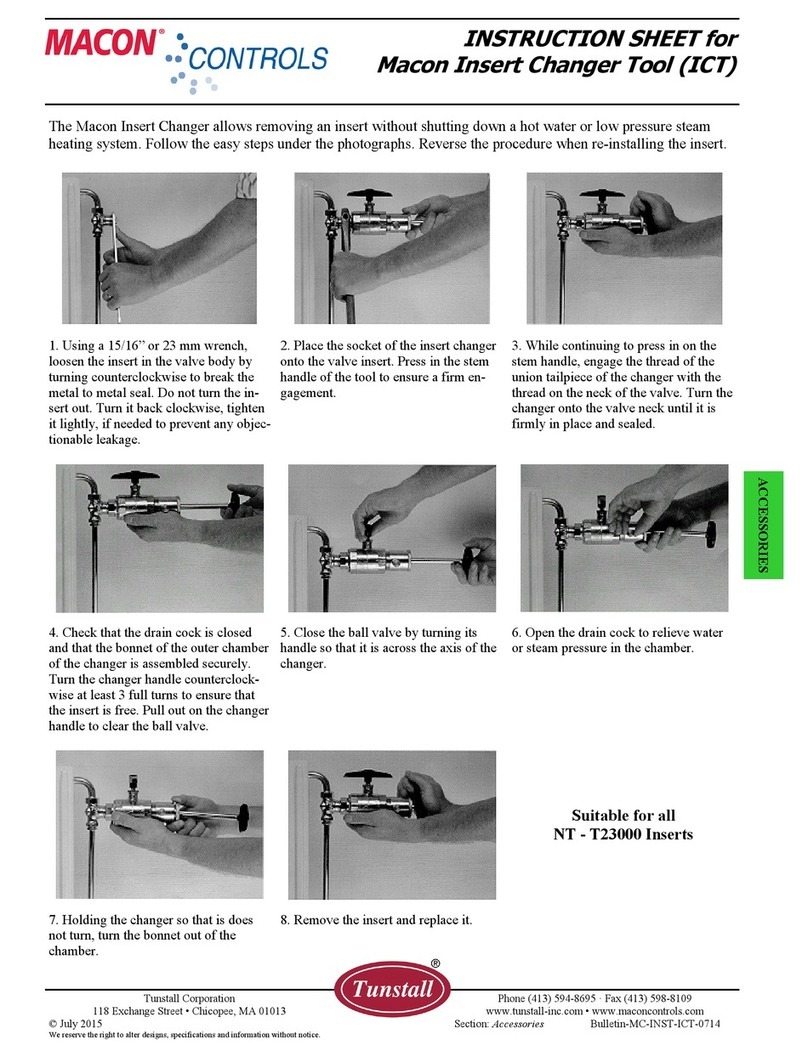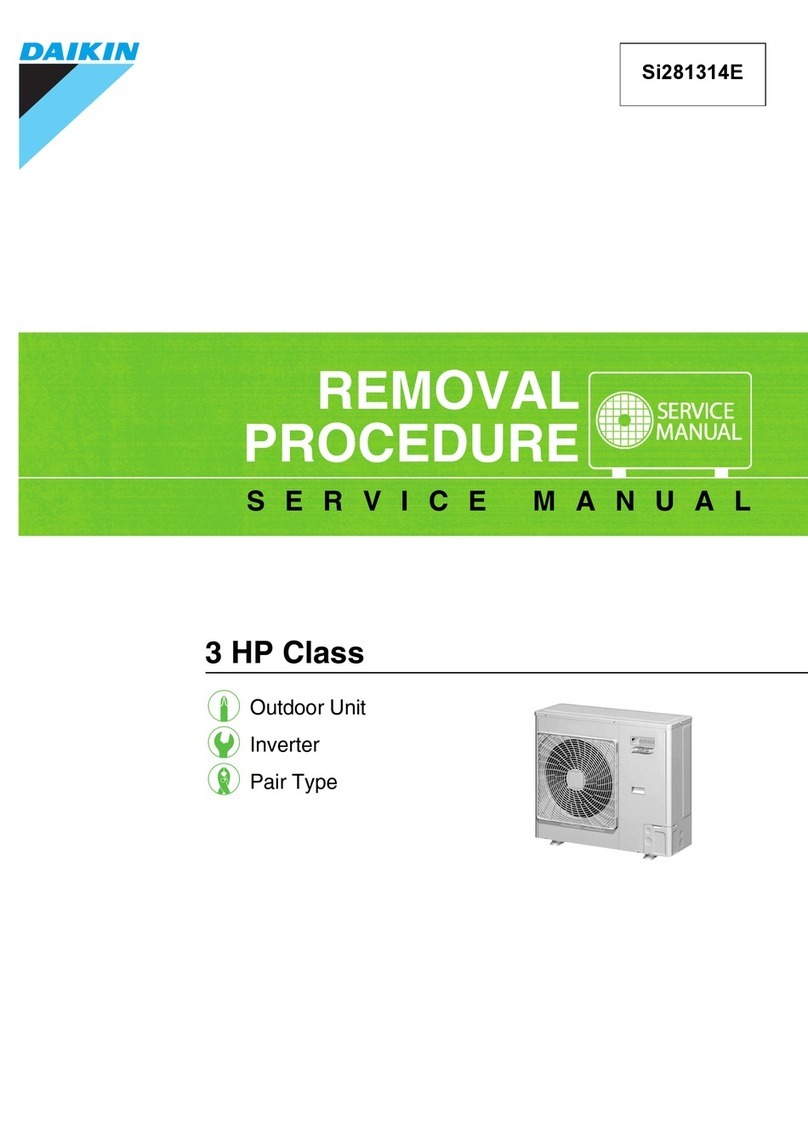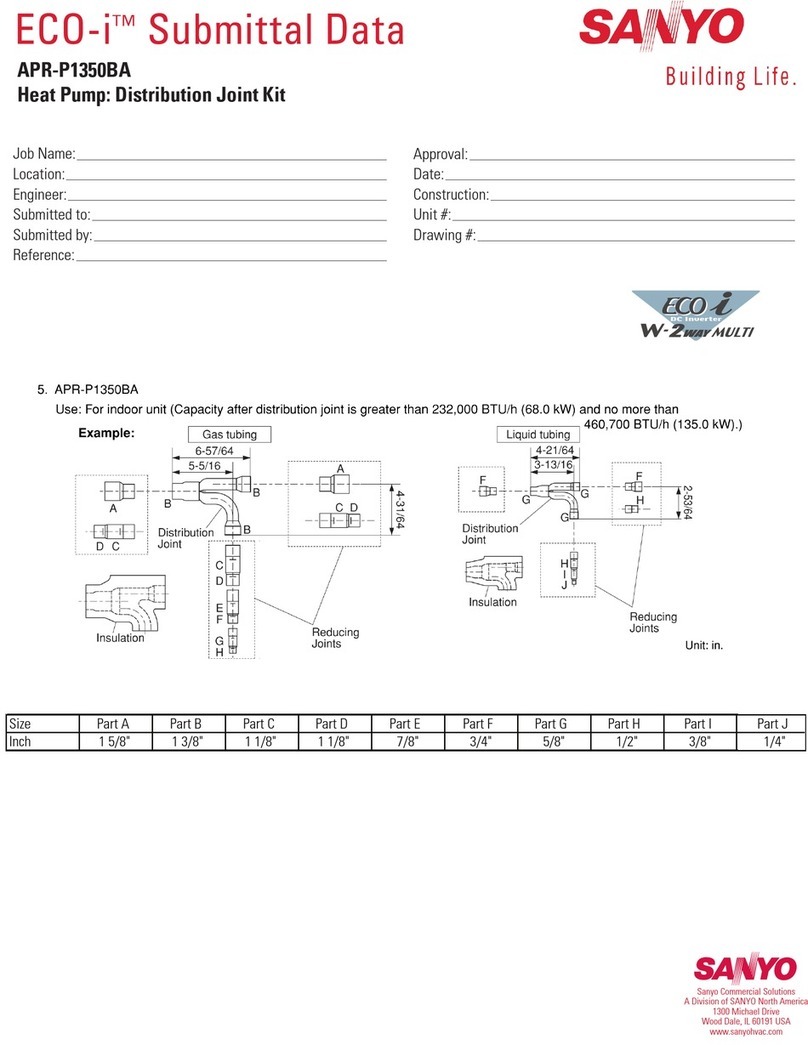
R4
R4
L6
Testmodus / Frequenzausblendung
R1
Language selection
N
Determines the language selection of the
LCD-Display of the V1000.
0=English; 2=German; 3=French
4=Italian; 5=Spanish; 6=Portugese
Para-
meter
Number:
Default
Setting
Value:
Range
min. max.
Change during operation, settings high--
lighted in differ from default
red
Parameter-description
Parameter access level
N
R1
Determines parameter access for the user:
0 = Read only (Apart from A1-01; A1-04)
1 = Only user parameter A2-01 to A2-32
2 = Read and write access for all
parameter.
Select control mode
N
Selects the motor control mode
0 = V/Hz control
5 = PM Open loop vector control
2 = OLV Open loop vector control
Initialization
N
Sets the V1000 back to default values:
0 = No Initialization
1110 = Init. User Parameter
3330 = Init. 3-wire Control
2220 = Init. Default values (2-Wire)
Reference source selection
N
Determines the reference source:
0 = Digital operator
1 = Analogue inputs via terminals
2 = Serial Communication
3 = Option PCB, 5 = CASE-Software
RUN Command selection
N
Determines source for the RUN command:
0 = Digital Operator
2 = Serial Communication
3 = Option PCB;
1 = >Digital Inputs via terminals
5 = CASE-Software
Stop-command selection
N
Determines the stopping method:
0 = Stop with rampe rate C1-01
2 = DC-Braking to stop
3 = Coast with timer
1 = Spin Stop
Reverse operation lock
N
Permits or prohibits reverse operation mode:
1 = Reverse mode disabled
0 = Reverse mode enable
PID-function setting
N
0 = PID disabled
1 = PID Active
Proportional gain setting
J
Sets the proportional gain of the PID loop.
A too high gain may cause un-
stability in the system. A too low value may
increase the PID error..
Caution:
Integrationszeit
J
Sets the integral time of the PID loop.
A too short time may cause un-
stability in the system. A too slow time may
increase the PID error.
Caution:
Acceleration time in seconds
J
Determines the acceleration ramp rate
after receipt of a start signal from 0Hz to
max speed according to parameter E1-04;
Default: 60Hz
Deceleration in seconds
J
Determines the deceleration ramp rate
after receipt of a stop signal from max.
frequency to 0Hz according to parameter
E1-04; Default: 60Hz
Carrier frequency
N
Default values are depending on the size
of the V1000:
0=Low carrier frequency mode
1=2,0kHz; 2=5kHz; 3=8,0kHz; 4=10,0kHz;
5=12,5kHz; 6=15,0kHz; F=Free programm.
Fixed speed D1-01 to D1-16
J
There are up to 16 multi step frequencies
which can be set via the terminals S3 to S6.
D1-16 determines the frequency once the
feedback pressure refence gets lost.
Default: 30 Hz.
Jog frequency reference
J
The JOG frequency has got priority against
other frequency references.
Needs a digital input to be active parameter
h1-XX in mode “6”.
Maximum output frequenz
N
Determines the max. output frequency
of the connected motor.
The following conditions must be fullfilled:
E1-04 => E1-06 => E1-07 => E1-09
Max. ouput voltage
N
Determins the max. output voltage and is
needed to adjust the V/Hz curve of the
connected motor/Compressor.
See: E1-06 and E1-13
Mostly used standard-parameter I
PID-Output level selection.
N
Sets the output direction:
0 = normal --> Decreasing feedback will
increase output signal.
--> Increasing feedback will
increase output signal.
1 = Invers
Mostly used standard-parameter I
Upper frequency limit
N
Sets the upper limit of the output frequency
as a percentage of the max. output
frequnecy according to E1-04.
Lower frequency limit
N
Sets the limit limit of the output frequency
as a percentage of the max. output
frequnecy according to E1-04.
This is only a selection from the Yaskawa manual YEG-SIEP C7 10606 19a of the screens
mostly in use and does not demand any requirements for completeness.
Motor rated current
N
With the input of the rated motor current
the V1000 will calculate a thermal model of
the connected motor to protect against over-
heating. If the compressor would run too
long at low speed, it will trip with fault “OL1.”
Number of motor poles
N
R2
Determines the amount of motor poles and
is used as basic data to calculate the
auto-tuning function..
Motor nameplate power
N
Determines the motor shaftpower and is
used as a basic data for the calculation
of the autotuning function. Default values
may differ due to the size of the variable
speed drive.
Modes digital inputs S1 to S6
N
The mode of the digital inputs S1 - S7 is
selectable according to table R6.1.
The default settings are:
S1 = Start forward command (h1-01)
S2 = Start reverse command (h1-02)
S3 = 24 External fault (h1-03)
S4 = 14 RESET (h1-04)
S5 = 03 Multifrequency 1 (h1-05)
S6 = 04 Multifrequebcy 2 (h1-06)
Modes digital inputs S1 to S6
Gain analogue Input A1
J
Sets the level of the analogue input A1 when
10V is input at terminal A1.
Parameter determines the gain on
analogue input A2
Range: -999,9 to 999,9
H3-10
Function analogue Output AM
N
The function of the 0-10V analogue output
FM is depending on the settings in
accordance with the monitor screens at
page R5.
Range: 0 to 999.
Power loss operation mode
N
Determines the reaction of the V1000 on
momentary power loss:
0 = Trips with fault: (Undervoltage)
1 = Re-start dependung on settings of
2 = Re-start as long CPU is active
Uv1
L2-02
Number of Autorest starts
N
Determines how often the V1000 will
automatically reset the drive after it tripped
with fault and will try to start again.
.
Fault reset interval time
J
Once the V1000 trips with acitve auotreset
function ( ) this parameter will set the
time to wait until the start shall happen.
The deley time for the re-start is given in
seconds.
L5-01
Function “STOP”-key
N
Once the Start/Stop control is given through
the terminals the STOP can be set as
follows:
0 = STOP-key is disabled
1 = STOP-key is enabled.
Mode copy function
N
This function has got the following modes:
0 = Normal operation
1 = READ from V1000 to Display
2 = WRITE from Display to V1000
3 = COMPARE
Activate copy function
N
Before using the copy function it must be
activated.
Mode 0 = Copy function not active
Mode 1 = Copy function is active
Para-
meter
Number:
Default
Setting
Value:
Range
min. max.
Change during operation, settings high--
lighted in differ from default
red
Parameter-description
N
Modes digital outputs 1, 2, 3
N
The digital outputs MA/MB/MC, P1/PC;
P2/PC are free selectable according to
table R4.2.
The default values are:
MA/MB/MC = “E”; Fault (h2-01)
P1/PC = “0”; During RUN (h2-02)
V1000 has received a start command or
is already running.
P1/PC = “2”Speed agree 1”(h2-03)
Modes digital outputs 1, 2, 3
N
Bias analogue Input A1
J
Sets the level of the analogue input A1 when
0V is input at terminal A1.
Parameter determines the bias for
analog ue input A2
Range: -999,9 to +999,9%
H3-11
Modes for analogue Input A2
N
This function determines the functions of
analogue input A2 and can be selected
with table R6.3.
Parameter H3-02 determines the functions
for analogue input A1.
Gain analogue output AM
J
Determines the gain of the analogue output
AM.
Range: -999,9 to 999,9%
Bias analogue ouput AM
J
Determines the bias (Offset) of the analogue
output AM.
Range: -999,9 to +999,9%
Mostly used standard-parameter II
Mostly used Standard-Parameter II
Motor nameplate frequency
N
Rated motor frequency and voltage, is
needed to adjust the V/Hz curve.
Example: 87Hz Operation:
Motor 230/400V; connected in Delta
E1-04 = 87Hz max. Output frequency
E1-05 = 400V max. Output voltage
E1-06 = 50Hz Base frequency (Nameplate)
E1-13 = 230V Motor rated voltage
Motor nameplate voltage
N
R2
This is only a selection from the Yaskawa manual YEG-SIEP C7 10606 19a of the screens
mostly in use and does not demand any requirements for completeness.






